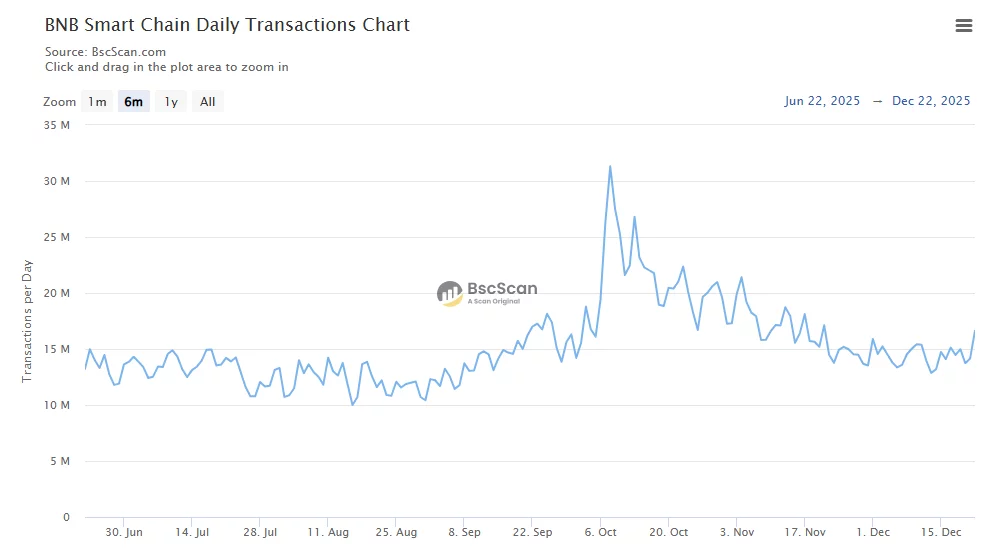Ether Staking Ratio Nears Key Milestone as Inflows Slow Amid Regulatory Pressures
Investors committed nearly 20% of all ETH tokens to lock up in staking contracts, according to blockchain data.
Ether () staking is nearing a key milestone of 20% of all tokens locked up in staking contracts, but inflows have slowed after an initial rush as investors grow cautious about regulatory risks.
Investors have deposited 23.9 million of ETH to Ethereum’s staking network, including tokens committed and waiting in a queue. The total accounts for roughly fifth of the token’s 120 million , a by Hildobby shows.
Ethereum’s , which allowed withdrawals from its proof-of-stake network starting in April, to stake the second largest cryptocurrency. Staking lets crypto owners lock up tokens to participate in securing the network as a validator in exchange for a reward, making it a popular investment among long-term investors including institutional investors.
Since the upgrade, deposits have far outpaced withdrawals by 4.5 million, worth $8.4 billion at the curren t price as investors rushed in, the waiting time to establish new validators to around .
However, the pace of inflows waned last month compared to the initial surge.
“The slowdown is likely to be driven by regulatory scrutiny on centralized exchanges,” Tom Wan, research analyst of digital asset investment product firm 21Shares, said in a note.
Early June was “a key turning point” for inflows, Wan noted, when the U.S. Securities and Exchange Commission () sued crypto exchanges and . The agency alleged that the platforms, both among the largest ETH staking services, offered unregistered securities with their staking service.
Following the lawsuits, net flows into ETH staking plummeted for a period and turned negative on some days for the first time since early May, a by 21Shares shows. Since then, flows returned to positive but at a lower level than in May.

Slowing demand contributed to alleviating the pent-up queue to activate new validators to the network. The to deploy new validators decreased to 36 days from a peak of almost 46 days in early June.
Increasing the threshold of new validators entering the network per day also helped Ethereum work through the clog, dropping the queue by five days, Irina Timchenko, Ethereum blockchain manager at staking service Everstake, .
The still-elevated waiting time is detrimental for investors and “will definitely decrease flows” into staking, John “Omakase” Lo, managing partner of investment firm Recharge Capital, told CoinDesk.
The tokens transferred to staking do not earn rewards until they are stuck in the queue, lowering the effective annualized yield, he explained.
However, Katie Talati, head of research at digital asset investment firm Arca, said that the validator queue is less likely to affect inflows.
“Investors are more concerned with the unstaking queue, or how long it takes to remove money from ETH staking.”
Risks around centralized staking services have likely driven investors to decentralized solutions.
“We have seen a large amount of growth in staked assets with decentralized staking protocols such as and ,” Talati pointed out.
The two decentralized liquid staking protocols grew by 5.4% and 6.3%, respectively, through the past month, outpacing Coinbase and Binance.
Edited by James Rubin.
Disclaimer: The content of this article solely reflects the author's opinion and does not represent the platform in any capacity. This article is not intended to serve as a reference for making investment decisions.
You may also like
BNB price risks 15% correction as it nears crucial support trendline with bearish signals mounting

Monero price faces downside risk as rebound volume fades at key support zone

Gold and Silver Hit New ATHs Amid Building Market Momentum
Altcoin ETFs Attract Inflows as Bitcoin Sees Outflows
